What is claustrophobia disorder?
Claustrophobia is an anxiety disorder characterized by a fear of enclosed spaces. Claustrophobia occurs when you become extremely nervous or agitated when you’re in a tight space, like an elevator or crowded room.
People with claustrophobia experiences symptoms when they’re in enclosed spaces of all kinds. Some people only notice the problem in cramped spaces, such as inside an MRI machine.
Getting the right treatment can help you overcome claustrophobia wherever it appears.
How does claustrophobia feel?
People with claustrophobia experience anxiety when they are enclosed or cramped. There is a possibility that you will not be able to concentrate or function properly. When you’re in a confined space, you may feel overwhelmed with thoughts. You may have trouble sleeping at night because of your thoughts.
Who gets claustrophobia?
Females are more likely to suffer from claustrophobia than males. The majority of specific phobias develop during childhood and adolescence, even though anyone can develop them.
Find out more about: Phobia and its types
Symptoms of claustrophobia
It is different for everyone to experience claustrophobia. Mild anxiety can easily develop into a panic attack. To be diagnosed as a phobia, doctors must find that the anxiety is serious enough that it interferes with your normal life.
A closed environment can cause symptoms such as:
- Shortness of breath
- Fast heartbeat
- Sweating
- Shaking or trembling
- Nausea
- Dizziness
- Dry mouth
- Hot flashes
- Hyperventilation
- Chest tightness or pain
- Confusion or disorientation
- Headache
- Numbness
- Choking sensation
- Urge to use the bathroom
- Fear of illness or harm
You may also feel doomed as if the world is ending or you are going to die. Feelings like these can be frightening, even when you aren’t in immediate danger. However, even though the fear may not be rational, you might not be able to control it.
Panic attacks last between five and thirty minutes. Your chest may also feel tight and painful if you have shortness of breath and sweating. Heart attacks also cause these symptoms. Getting medical help is crucial if you don’t know if your symptoms are caused by anxiety or heart problems.
Read: Autophobia
Claustrophobia causes
The term “claustrophobia” refers to a fear of specific objects, people or activities. Another two specific phobias are needles and heights. Those with an amygdala are overactive, their brain regions stimulate the fear response.
There may be a genetic component to claustrophobia. A gene called GPM6A has been found to cause it, according to researchers. Your chances of having claustrophobia increase when one of your parents suffers from it.
Traumatic events in your childhood can cause people to fear enclosed spaces, such as:
Claustrophobia is more likely to be present when you have another anxiety disorder.
Read: COVID Anxiety Syndrome
Triggers
Fear can be triggered by confined spaces, such as:
- Elevators
- Airplanes or subway trains
- Tunnels
- Revolving doors
- Car washes
- Changing rooms or bathroom stalls
- Vehicles with automatic door locks
Some people become anxious by simply being in a closed room or car.
Check: Social Anxiety Disorder
Claustrophobia diagnosis
An assessment of your health history and symptoms will be done by your doctor, along with a physical examination. The company will consider any fears that may arise:
- Wait for something to happen to trigger you
- An attack that is triggered by a fearful situation can trigger panic attacks
- Make your day difficult
- Not explainable by another disorder
Also, check: Side Effects of Overthinking
Claustrophobia treatment
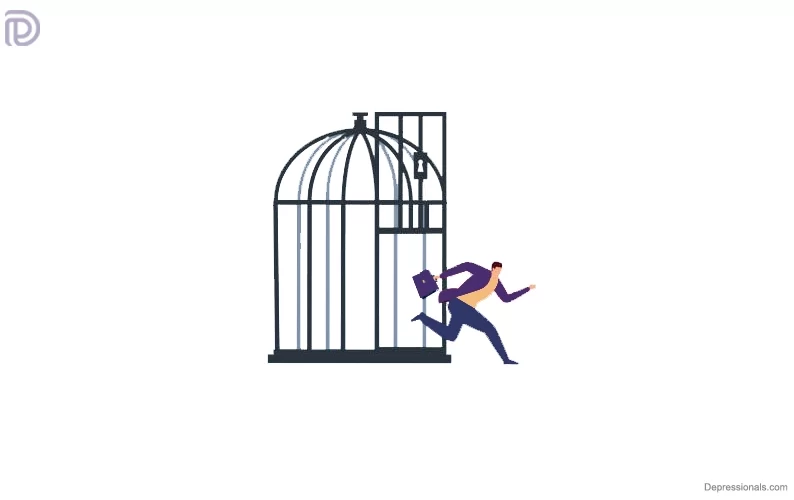
Those who are untreated might combat claustrophobia by avoiding the objects that cause them to feel fearful. Try to avoid places with tight spaces, ride the elevator instead of the escalator or walk instead of taking the subway.
It is a good idea to scan every crowded room for the exits or stand near the doors. When anxiety levels are severe, some individuals may fear leaving their homes.
Your phobia won’t go away if you avoid tight spaces. First, see a psychologist or another mental health professional for treatment. Various types of therapies can be helpful.
- Exposure therapy: It helps you overcome your fear by gradually putting you in situations that scare you. Initially, you might simply look at a picture of a tight space. Afterward, your therapist helps you get used to being in a small space.
- Cognitive-behavioral therapy (CBT): A trained therapist meets with you one-on-one in this type of therapy. During the session, you discuss the negative thoughts that cause your fear and how to overcome them. You can receive CBT alone or in combination with exposure therapy.
- Rational emotive behavioral therapy (REBT): In REBT, attention is given to the present. People who use REBT develop realistic and healthy alternatives by disputing irrational beliefs.
- Virtual reality (VR): Simulations are used with tight spaces, such as elevators and MRI machines. It is possible to overcome your fear of tight spaces in a setting that you feel safe in the virtual world by experiencing them.
- Relaxation and visualization: When you’re in a scary situation, you can learn to calm your fear.
- Medical treatment: If you find that therapy does not relieve your anxiety, your doctor can prescribe anxiety or antidepressant drugs.
The key to overcoming a phobia is to seek support. Make sure you talk to your family, friends and partner. They can even accompany you to therapy sessions.
Recommended: Multiple Strategies To Control Overthinking
How can I cope with claustrophobia better?
The following options make you feel more comfortable, along with seeing your primary healthcare provider or psychologist:
- Speak with someone you trust. When you have claustrophobic fears, you may benefit from someone listening to you.
- Learn how to relax. Meditation, mindfulness, progressive muscle relaxation (tensing and relaxing muscle groups) and other methods of relaxation can help you relax. Start by breathing deeply and slowly through your nose and holding it for three seconds. Imagine something that calms you and concentrate on it.
- Consider joining a support group. It is helpful to be a part of a support group to know that you are not alone and to share tips and advice with others.
- If you are afraid, see if your organization offers courses to help you overcome it. You might find a class on fear of flying at your local airport or airline if you are afraid of flying.
- Don’t forget to look after yourself. Take at least 30 minutes of exercise five days a week, eat a healthy diet and follow good sleeping habits. Anxiety can be reduced through healthy lifestyle choices.
When to call your doctor
Get help from a mental health professional if you’re afraid of enclosed spaces to the point where it interferes with your daily life. Psychologists, therapists, and anxiety specialists can help you. When you receive the right treatment, you can learn how to manage your fear responses.
Seek help: Mental Help Resources
Claustrophobia outlook
It is possible to treat and cure claustrophobia. You can treat your fear and symptoms in different ways so that you can live an active and healthy life.

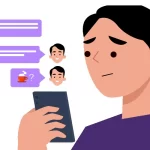
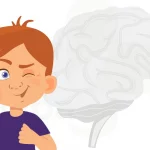
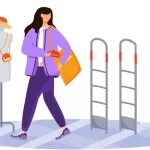

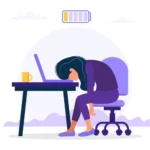
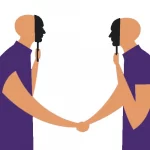

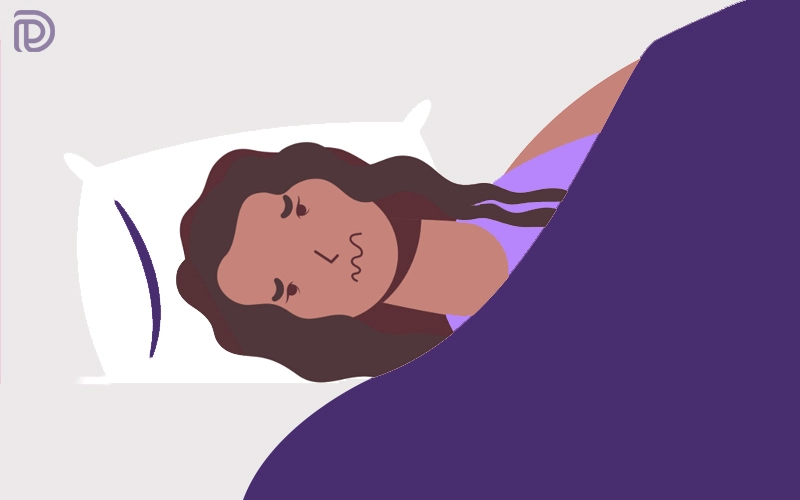
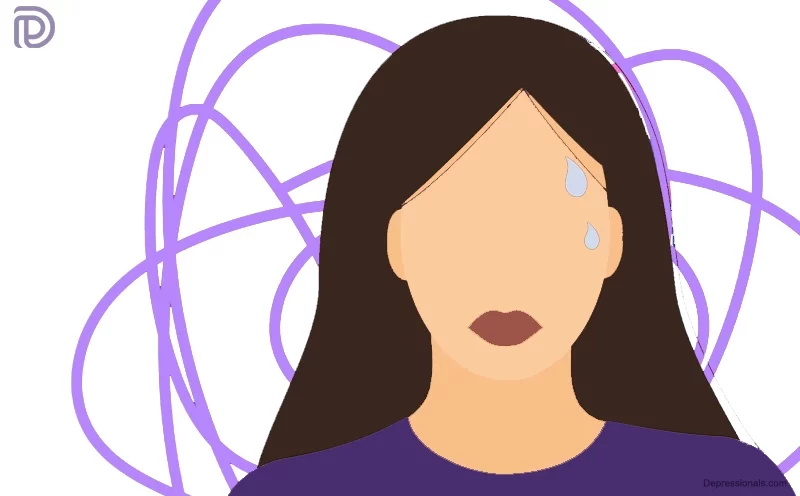
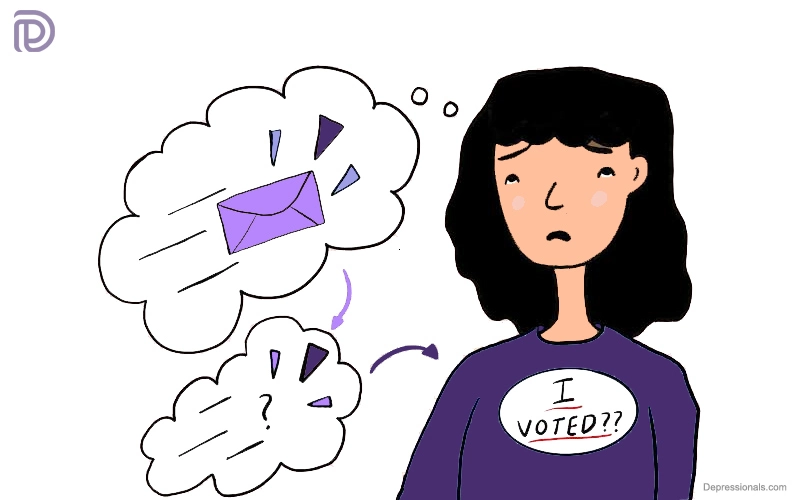
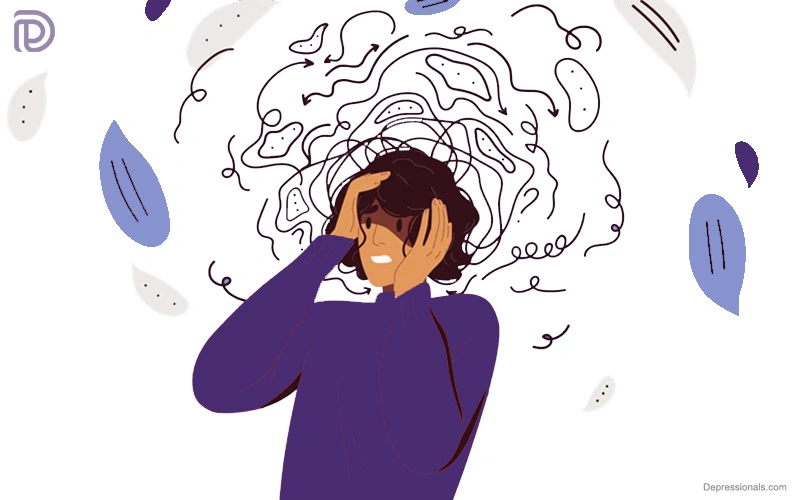
Pretty nice post. I just stumbled upon your weblog and wanted to say that I’ve really enjoyed surfing around your blog posts. After all I will be subscribing to your feed and I hope you write again very soon!
Some really nice stuff on this site, I love it.